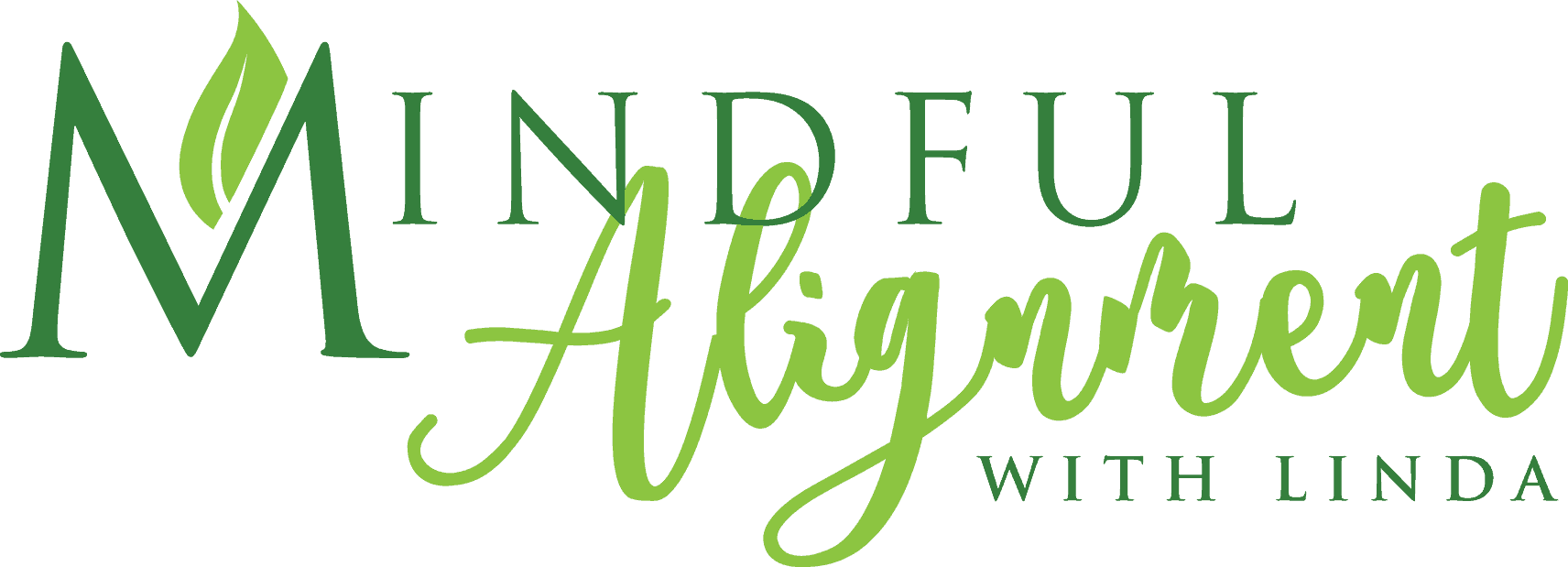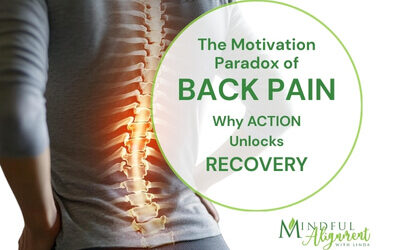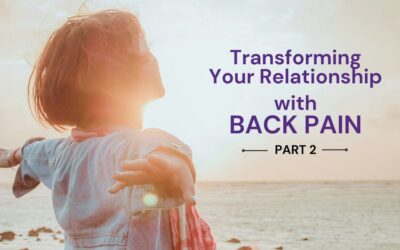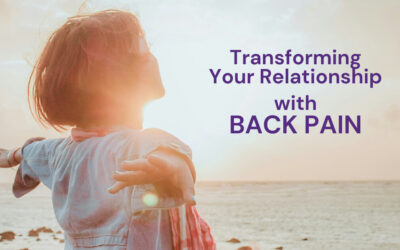Beyond Calcium: The Power of Yoga for Bone Health
The Silent Epidemic in Your Bones
When was the last time you thought about your skeleton? For most of us, the answer is likely “not recently”—that is, until something goes wrong.
Beneath your skin, a silent battle is waging. Nearly 10 million Americans are already losing this fight with diagnosed osteoporosis, while an alarming 44 million more stand at the precipice with low bone density (osteopenia). That’s over one-third of the adult population at risk for life-altering fractures.
“Osteoporosis isn’t just your grandmother’s disease. It’s a condition that affects men, women, and people of various backgrounds—often without symptoms until the first fracture occurs.” — Dr. Miriam Nelson, Director of the Center for Physical Activity and Nutrition
The Bone Life Cycle: Understanding What’s at Stake
Your skeleton isn’t static—it’s a dynamic, living tissue engaged in a constant cycle of renewal. Like a building under perpetual renovation, specialized cells called osteoclasts break down old bone while osteoblasts build new tissue. This delicate balance maintains bone strength throughout life.
However, around age 30, this balance shifts. The demolition crew begins working overtime while the construction team slows down. For women, this process accelerates dramatically during the menopausal transition, when decreasing estrogen levels can trigger bone loss of up to 20% in just 5-7 years.
The consequences extend far beyond statistics. A hip fracture carries a 20% mortality rate in the first year after injury. Spinal fractures, though less immediately catastrophic, cause gradual height loss, chronic back pain, and the characteristic stooped posture that can compress internal organs and impair breathing.
Yoga: The Unexpected Bone Builder
When most people think of bone-strengthening exercise, they envision weight rooms, not yoga studios. Yet emerging research suggests we should reconsider this ancient practice as a powerful tool for bone health.
The Science Behind the Stretch
Dr. Loren Fishman’s groundbreaking 10-year study, published in Topics in Geriatric Rehabilitation, followed 741 participants with osteoporosis or osteopenia who practiced 12 specific yoga poses daily or every other day.
The results were nothing short of remarkable:
- Participants gained significant bone mineral density in the spine (+0.9%), hip (+0.5%), and femur (+0.7%)
- Control subjects who didn’t practice yoga continued to lose bone at the typical rate
- Benefits appeared regardless of age, starting bone density, or previous yoga experience
- Improvements continued throughout the study period, suggesting no plateau effect
The magic lies in yoga’s unique combination of gentle weight-bearing, isometric resistance, and postural alignment. When you hold Triangle Pose, for example, your skeleton experiences precisely calibrated mechanical stress that stimulates osteoblast activity—essentially signaling your body to build more bone where it’s needed most.
The Poses That Build Bones
Based on Dr. Fishman’s protocol and subsequent research, these yoga poses show particular promise for maintaining and building bone density:
- Tree Pose (Vrksasana) – Strengthens the femur and hip socket
- Triangle Pose (Trikonasana) – Works the hips, spine, and femur
- Warrior II (Virabhadrasana II) – Strengthens the entire lower body while improving balance
- Bridge Pose (Setu Bandha Sarvangasana) – Targets the spine and hips
- Locust Pose (Salabhasana) – Creates extension in the spine, counteracting age-related spinal compression
Beyond Density: Yoga’s Multi-Dimensional Benefits
While medication can improve bone density, it doesn’t address the comprehensive factors that contribute to fracture risk. Yoga offers a more holistic approach by simultaneously addressing multiple aspects of bone health:
1. Falls Prevention: The First Line of Defense
No matter your bone density, avoiding falls is crucial. Studies show that regular yoga practice can improve balance by up to 40% and reaction time by 15% in older adults. The mindfulness cultivated in yoga also increases body awareness, helping practitioners navigate their environments more safely.
“After 6 months of yoga, I feel more confident just walking around my neighborhood,” reports Janet K., 68, who began practicing after a bone density scan revealed osteopenia. “I’m more aware of my feet, my posture, and my surroundings.”
2. Posture: The Invisible Protector
The forward-hunched posture (kyphosis) common among older adults doesn’t just affect appearance—it dramatically increases fracture risk by placing uneven pressure on vertebrae. Yoga’s emphasis on spinal extension and shoulder alignment directly counters this tendency.
Research from the University of California, San Francisco found that participants in a 12-week yoga program reduced their kyphosis angle by an average of 6 degrees—a significant improvement that correlates with reduced fracture risk.
3. Mind-Body Connection: The Stress Factor
Chronic stress elevates cortisol levels, which directly interfere with bone formation. Through conscious breathing and mindfulness, yoga reduces cortisol production while increasing circulation to bone tissue.
“The relaxation response triggered during yoga practice creates an optimal hormonal environment for bone building,” explains Dr. Natalie Nevins, DO, medical director of the Osteopathic Center for Healing Arts. “It’s not just about the physical poses—it’s about creating physiological conditions that support bone metabolism.”
Personalizing Your Practice: Safety First
As with any intervention, yoga for bone health must be approached with knowledge and care. Consider these guidelines:
If You Have Diagnosed Osteoporosis:
- Avoid: Deep forward bends, extreme spinal twists, head/handstands, and any pose that causes pain
- Modify: Use props like blocks, straps, and chairs to maintain alignment
- Emphasize: Standing poses, gentle backbends, and alignment-focused practice
If You Have Osteopenia or For Prevention:
- Focus on weight-bearing poses while gradually building strength
- Maintain proper alignment to maximize benefit and minimize injury risk
- Include poses that address common fracture sites: spine, hips, and wrists
For Everyone:
- Begin with qualified instruction, preferably from a teacher with osteoporosis training
- Progress gradually, listening to your body’s feedback
- Complement yoga with other bone-healthy activities like walking and resistance training
Making Your Move
Osteoporosis doesn’t discriminate, but it does respond to consistent, intelligent intervention. Consider these action steps:
- Know your status: If you’re over 50 or have risk factors, discuss bone density testing with your healthcare provider
- Find the right class: Look for classes with a yoga teacher certified in osteoporosis
- Start small: Even 15 minutes daily of targeted poses can make a difference
- Stay consistent: Like calcium deposits in your bones, benefits accumulate with regular practice
- Think holistically: Complement yoga with bone-healthy nutrition, adequate vitamin D, and appropriate medical care
A Foundation for Life
Your skeleton is more than just the framework that holds you up; it’s the foundation that allows you to move through life with confidence and independence. Give your bones the attention they deserve—and discover how the ancient wisdom of yoga might just be the modern solution to keeping them strong for decades to come.
Resources & Further Reading
- National Osteoporosis Foundation: www.nof.org – Comprehensive information and support resources
- Fishman, L. M., et al. (2016). “Twelve-Minute Daily Yoga Regimen Reverses Osteoporotic Bone Loss.” Topics in Geriatric Rehabilitation, 32(2), 81–87.
- American Bone Health: americanbonehealth.org – Educational tools and community resources
- Yoga for Healthy Aging: yogaforhealthyaging.blogspot.com – Adaptations and modifications for safe practice
- Book Recommendation: “Yoga for Osteoporosis” by Dr. Loren Fishman and Ellen Saltonstal
Always consult with your healthcare provider before beginning any new exercise program, especially if you have been diagnosed with osteoporosis, osteopenia, or have other health concerns.
Here’s a few videos to help you on your health and wellness journey:
Are you tired of living with pain?
Are your activities and daily choices determined by your level of pain?
Are you ready to change your life for the better and gain back your physical freedom?
My unique and custom designed approach comes from years of training, education and experience. Together, we will get you back to living pain free and enjoying life.
Sign up for a private session today
It’s never too late to try something new.

Related Articles:
The Motivation Paradox: Action is the Catalyst for Healing Back Pain
Discover the Motivation Paradox of Back Pain—why waiting for motivation keeps you stuck and how action is the true catalyst for healing. Learn science-backed strategies to break the pain cycle and reclaim mobility.
Transform Back Pain Anxiety: From Uncertainty to Empowerment
Discover how to navigate pain anxiety with empowerment. Embrace uncertainty and reclaim your healing journey through mindfulness and resilience.
Transforming Your Relationship with Back Pain: A Mindset Revolution
Back pain is more than a physical challenge—it's a profound psychological journey. The real battle isn't just in your muscles and joints, but in your mind. Your thoughts can either be a prison or a pathway to healing. Reframing Your Inner Narrative When chronic pain...
Embracing Change: A Journey of Small Steps
Embracing change through small steps: Focusing on small, consistent steps emphasizes sustainability and avoids overwhelming change, which is key to maintaining health goals.




